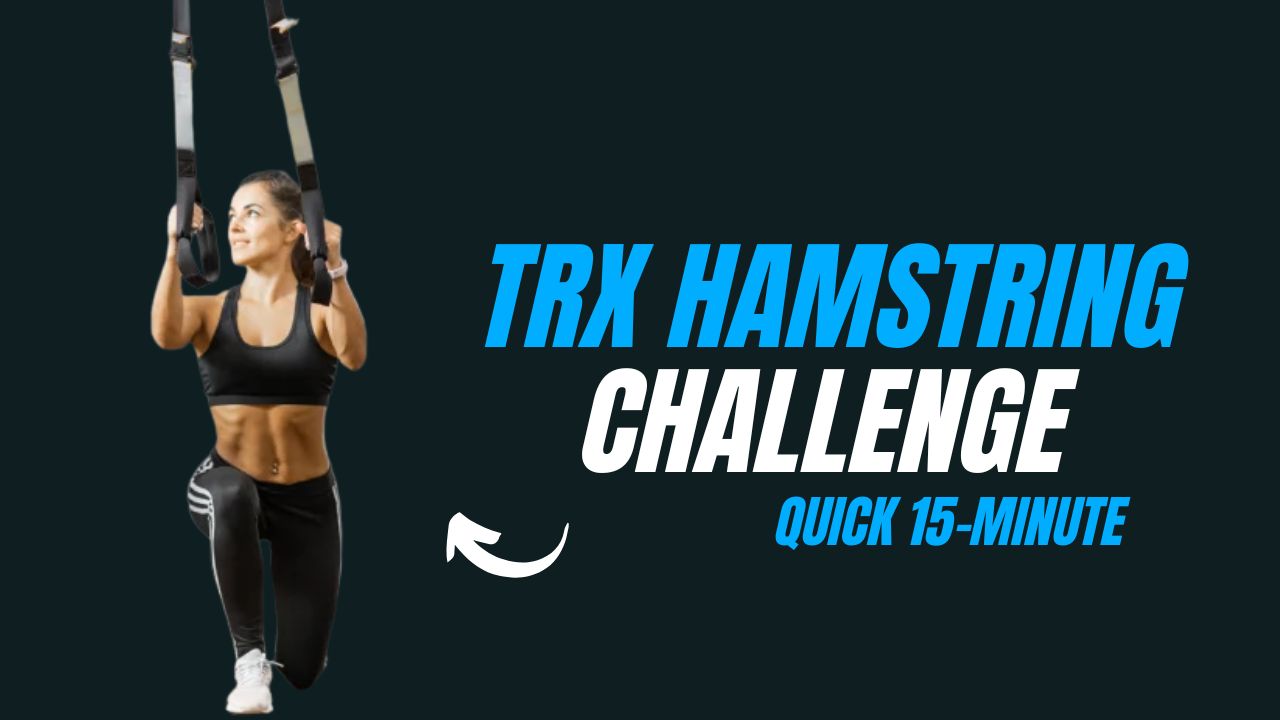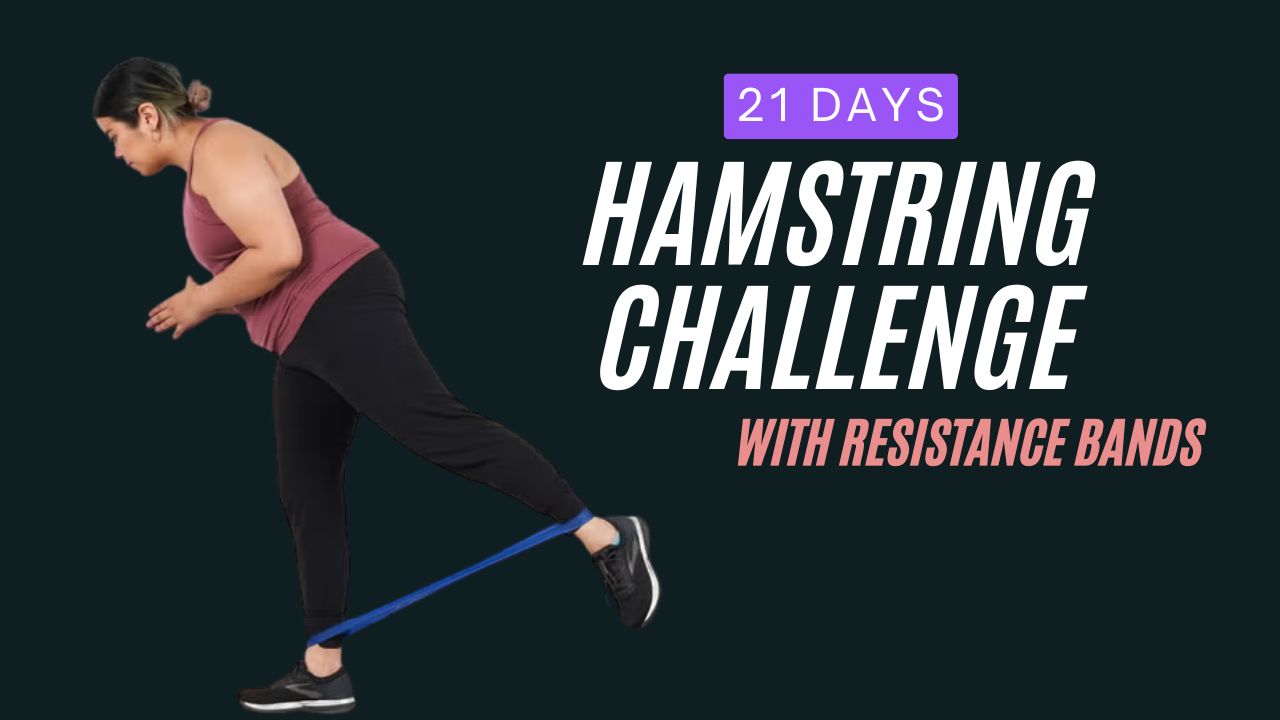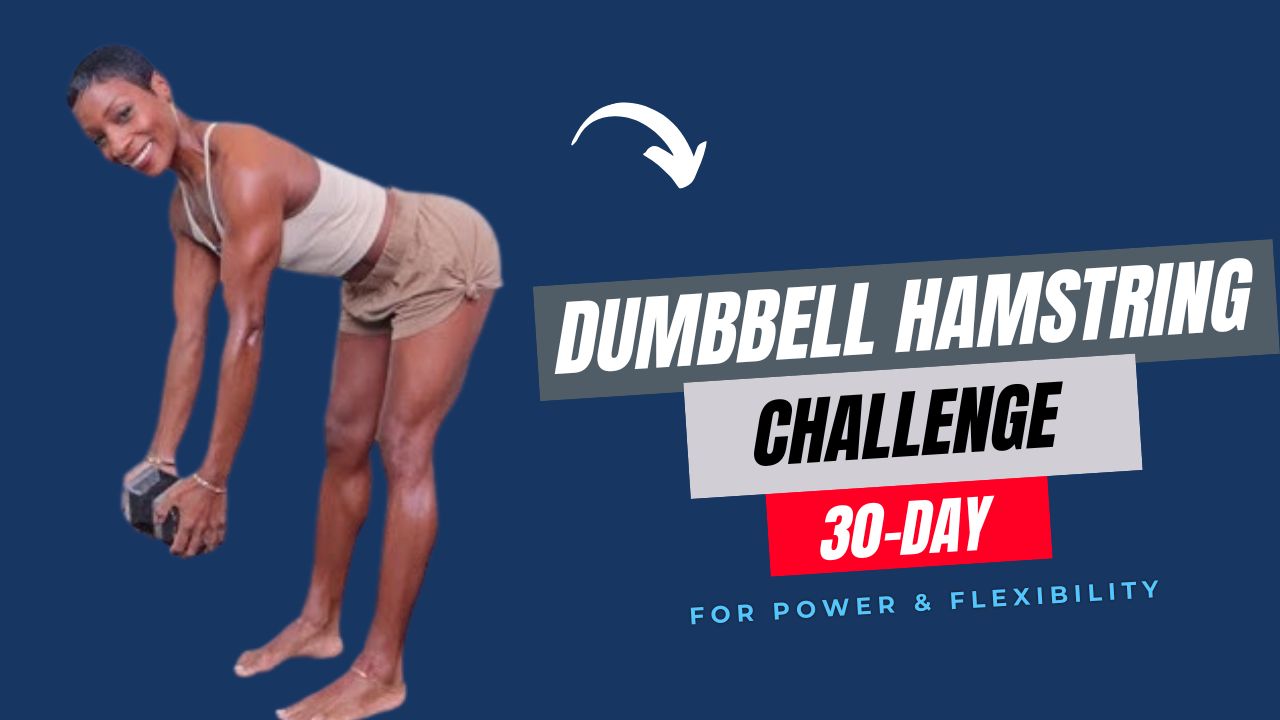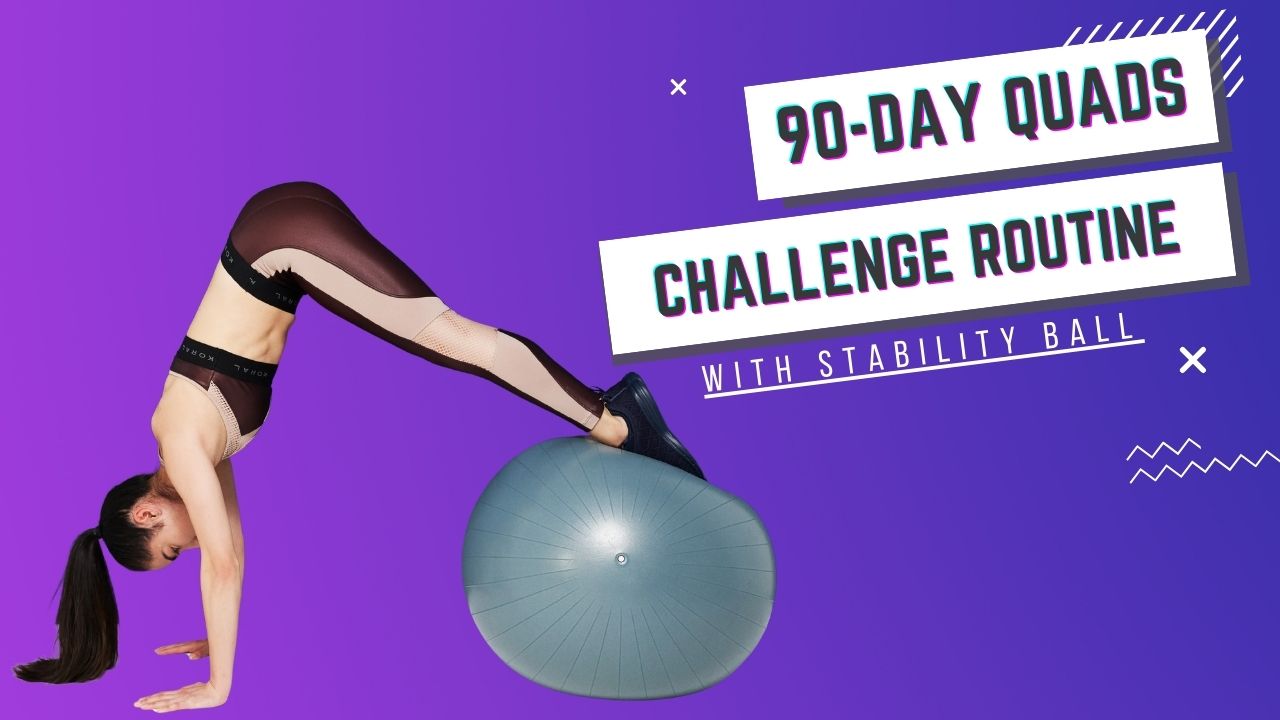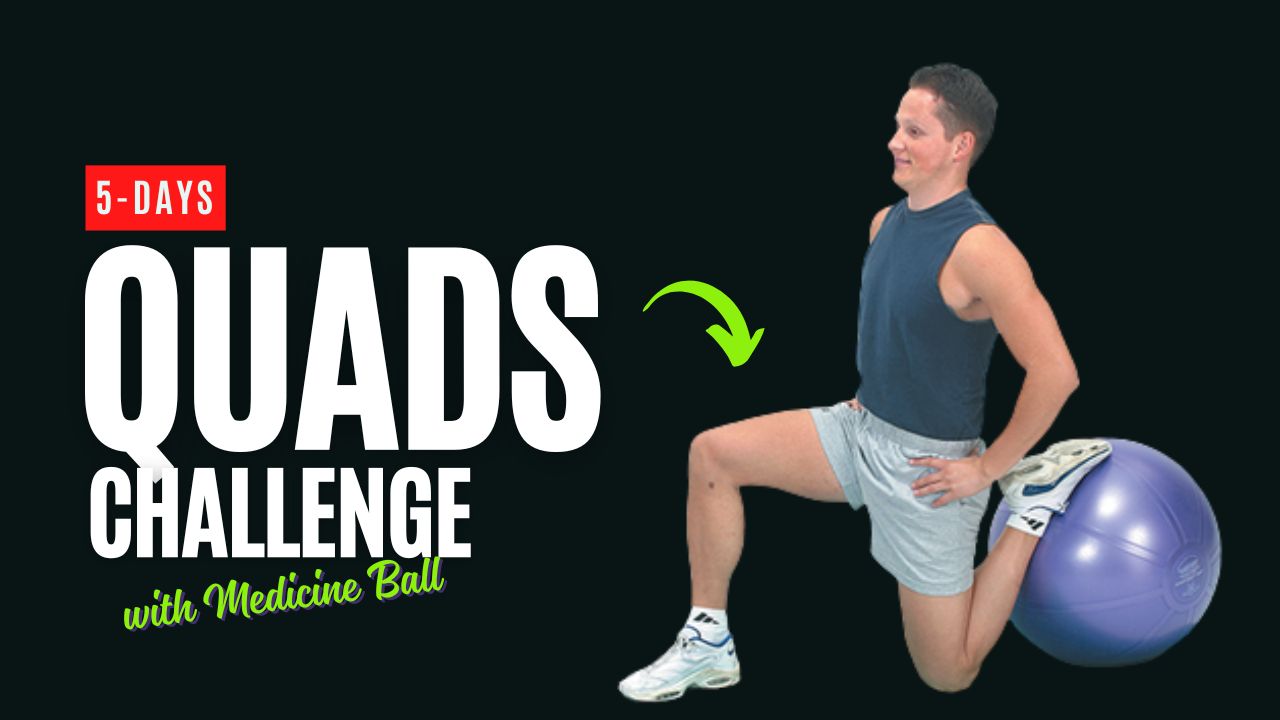When it comes to sculpting a toned, defined waistline, targeting your oblique muscles is key. Your obliques—the muscles that run along the sides of your abdomen—are often overlooked in traditional core workouts.
Yet, they play a crucial role in stabilizing your torso, improving posture, and enhancing athletic performance.
Do you know that focusing only on front ab exercises won’t give you that sculpted, hourglass shape? Incorporating oblique-specific moves, especially with resistance tools like a medicine ball, can make a noticeable difference in just a few days.
In this 5-day medicine ball obliques challenge, you’ll learn exercises that activate every part of your side core. Each move includes clear instructions, proper form tips, and a brief “how-to” so you can follow along safely. Let’s dive in.

Table of Contents
Why Use a Medicine Ball for Oblique Training?
Medicine balls are versatile tools that add resistance to your bodyweight exercises, increasing intensity and engagement.
Unlike static ab workouts, medicine ball exercises challenge your obliques dynamically, simulating real-life movements such as twisting, reaching, and lifting. This resistance helps in burning fat while building muscle tone.
Interesting fact: Rotational exercises with a medicine ball can engage up to 40% more muscle fibers than traditional sit-ups or crunches.
What Can Happen After 30 Days Obliques Challenge
| Potential Results | Details / Benefits |
|---|---|
| Toned Obliques | Noticeably stronger and more defined side abdominal muscles. |
| Reduced Waistline | Improved waist definition when combined with proper diet and cardio. |
| Improved Core Strength | Enhanced stability, balance, and support for daily movements. |
| Better Posture | Stronger obliques help maintain proper spinal alignment and reduce slouching. |
| Increased Functional Fitness | Improved rotational strength for activities like twisting, lifting, or sports. |
| Enhanced Flexibility | Greater lateral mobility and range of motion in the torso. |
| Boosted Confidence | Visible changes in body shape can improve overall self-esteem and motivation. |
| Habit Formation | Consistent daily workouts promote discipline and long-term fitness adherence. |
Do’s & Don’ts table for Obliques Challenge
| Do’s | Don’ts |
|---|---|
| Warm up properly before starting the exercises to prevent injury. | Don’t rush through the movements; maintain a controlled pace. |
| Keep your core engaged throughout each exercise. | Don’t hunch or arch your back during twists or bends. |
| Use a medicine ball that matches your strength level. | Don’t use a weight that is too heavy, which can compromise form. |
| Rest 30–60 seconds between exercises for recovery. | Don’t skip rest periods or overtrain your obliques. |
| Focus on proper form rather than just completing reps. | Don’t swing your arms or use momentum instead of your core muscles. |
| Gradually increase reps, sets, or resistance as you progress. | Don’t try advanced variations before mastering the basics. |
| Incorporate stretching post-workout to improve flexibility. | Don’t ignore minor soreness or discomfort; listen to your body. |
| Combine with a balanced diet and cardio for optimal results. | Don’t expect instant fat loss without a holistic approach. |
Medicine Ball Obliques Challenge Exercises To Do
1. Russian Twists with Medicine Ball
Description: Russian twists target your oblique muscles and strengthen your rotational core movements. They are excellent for improving torso stability and balance.
How-to:
- Sit on the floor with your knees bent and heels slightly lifted.
- Hold a medicine ball with both hands at chest level.
- Lean back slightly to engage your core.
- Twist your torso to the right, bringing the medicine ball beside your hip.
- Return to the center, then twist to the left.
- Maintain a controlled pace and keep your back straight.
Tips: Avoid hunching your back and keep your core tight throughout the movement. For beginners, keep feet on the floor.
2. Medicine Ball Side Bends
Description: Side bends with a medicine ball isolate the obliques, providing a deep lateral stretch and strengthening the waistline.
How-to:
- Stand with feet shoulder-width apart, holding a medicine ball in one hand.
- Keep your other hand on your hip or behind your head.
- Slowly bend sideways toward the side holding the ball, lowering the ball along your thigh.
- Return to an upright position, engaging your obliques as you rise.
- Switch sides after completing the reps.
Tips: Move slowly and avoid using momentum to bend. Focus on feeling the contraction in your side muscles.
3. Medicine Ball Woodchoppers
Description: Woodchoppers are a dynamic exercise that mimics a chopping motion, targeting obliques, shoulders, and core simultaneously.
How-to:
- Stand with feet hip-width apart, holding a medicine ball with both hands.
- Start with the ball above one shoulder.
- Rotate your torso and swing the ball diagonally across your body toward the opposite hip.
- Keep your knees slightly bent and core engaged.
- Return to the starting position and repeat. Switch sides after reps.
Tips: Focus on rotation from the torso, not just the arms. This will maximize oblique engagement.
4. Medicine Ball Plank Twists
Description: Plank twists increase oblique activation while enhancing core stability and endurance.
How-to:
- Start in a forearm plank position with a medicine ball under one hand.
- Keep your body straight from head to heels.
- Rotate your hips to touch the opposite side to the floor, then return to plank.
- Repeat on the other side.
Tips: Keep your shoulders stacked over your forearms and avoid letting your hips sag. Do slow, controlled movements for maximum benefit.
5. Medicine Ball Side Plank Reach
Description: This variation of the side plank adds a reach with the medicine ball, challenging both balance and oblique strength.
How-to:
- Begin in a side plank position with your forearm on the floor and body in a straight line.
- Hold the medicine ball in your free hand.
- Reach under your torso with the ball, then lift it back overhead.
- Repeat for reps and switch sides.
Tips: Engage your obliques to stabilize your body during the reach. Avoid sagging hips or twisting your torso excessively.
6. Medicine Ball Rotational Lunges
Description: Rotational lunges with a medicine ball strengthen your legs, glutes, and obliques simultaneously, enhancing functional core strength.
How-to:
- Stand with feet together, holding a medicine ball at chest height.
- Step forward into a lunge with your right leg.
- Rotate your torso and ball toward the right leg.
- Return to starting position and switch legs.
Tips: Maintain knee alignment over the ankle during lunges. Controlled rotation ensures the obliques are fully engaged.
7. Standing Oblique Twists
Description: Standing oblique twists are perfect for beginners or as a warm-up. They increase rotational mobility and activate side abs.
How-to:
- Stand with feet hip-width apart, holding a medicine ball at chest level.
- Rotate your torso to the right while keeping your hips forward.
- Return to center and rotate to the left.
- Maintain a strong core throughout the movement.
Tips: Avoid swinging the ball too quickly; focus on controlled rotation for effective muscle engagement.
5 Days Medicine Ball Challenge Routine
| Day | Exercises | Reps / Sets / Notes |
|---|---|---|
| 1 | Russian Twists, Side Bends, Woodchoppers | Russian Twists: 3×20 Side Bends: 3×15/side Woodchoppers: 3×12/side |
| 2 | Side Plank Reach, Rotational Lunges, Standing Oblique Twists | Side Plank Reach: 3×10/side Rotational Lunges: 3×12/side Standing Oblique Twists: 3×20 |
| 3 | Woodchoppers, Side Bends, Plank Twists | Woodchoppers: 3×12/side Side Bends: 3×15/side Plank Twists: 3×10/side |
| 4 | Russian Twists, Rotational Lunges, Side Plank Reach | Russian Twists: 3×20 Rotational Lunges: 3×12/side Side Plank Reach: 3×10/side |
| 5 | Side Bends, Plank Twists, Standing Oblique Twists | Side Bends: 3×15/side Plank Twists: 3×10/side Standing Oblique Twists: 3×20 |
Notes: Rest 30–60 seconds between exercises. Focus on form and controlled movements for maximum oblique activation.
Conclusion: Keep Transforming Your Waistline
The 5-day Medicine Ball Obliques Challenge is just the beginning of your journey toward a stronger, more sculpted waist.
By dedicating even a short amount of focused time each day, you activate your obliques, improve core stability, and enhance your overall posture. Remember, consistency and proper form are far more effective than rushing through exercises.
Challenge Continuation Ideas: After completing the 5-day routine, you can extend the challenge in several ways:
- Increase Reps or Sets: Gradually add 2–5 reps per exercise or an extra set to increase intensity.
- Add Resistance: Use a heavier medicine ball or incorporate resistance bands to make each movement more challenging.
- Combine with Cardio: Pair oblique exercises with 15–20 minutes of moderate cardio to enhance fat burning around the waist.
- Alternate Days: Turn this into a 10–day challenge by repeating the routine on alternating days, giving your muscles time to recover while maintaining momentum.
- Mix in New Exercises: Introduce advanced oblique exercises like medicine ball overhead twists, side crunches on a stability ball, or rotational push-ups to prevent plateaus and keep your muscles engaged.
By gradually increasing difficulty and mixing in variations, you can continue to see waistline transformation and maintain strong, functional oblique muscles well beyond this initial challenge.
Frequently Asked Questions (FAQs)
Do I need a medicine ball to do this challenge?
While a medicine ball adds resistance and increases oblique engagement, you can modify some exercises using a dumbbell, water bottle, or even bodyweight twists if a medicine ball isn’t available.
How long will it take to see results?
With consistent effort and proper form, many people notice improved oblique tone and waist definition in 3–4 weeks. Visible fat loss around the waist also depends on overall diet and cardio habits.
Can beginners do this challenge?
Yes! Beginners should start with lighter medicine balls, keep feet on the floor for certain exercises, and focus on controlled movements. You can gradually increase reps or sets as strength improves.
How often should I perform the challenge?
Follow the 5-day routine once per week for best results, or repeat it on alternate weeks. Rest days in between allow your obliques to recover and grow stronger.
Can I combine this challenge with other workouts?
Absolutely. You can pair it with cardio, full-body strength training, or lower-abs/core workouts for a more comprehensive fitness routine.
What if I feel soreness in my obliques?
Mild soreness is normal and indicates that the muscles are being worked. Use proper warm-ups, stretching, and recovery techniques. If pain is sharp or severe, stop the exercise and consult a professional.
Do these exercises help reduce love handles?
Targeted oblique exercises help strengthen and tone the side muscles. To reduce fat in this area, combine the routine with a healthy diet and regular cardio.
Can this routine improve posture?
Yes. Strong obliques stabilize your core, support your spine, and can help improve posture and balance over time.
How can I progress after completing 5 days?
Increase reps, sets, or resistance. Incorporate new oblique variations like rotational push-ups or overhead twists. You can also extend the challenge to 10–14 days for continued waist sculpting.
Is it suitable for people with back issues?
Some oblique exercises may strain the lower back if done incorrectly. Consult a fitness professional or doctor first, and focus on gentle variations like standing oblique twists or seated medicine ball rotations.





